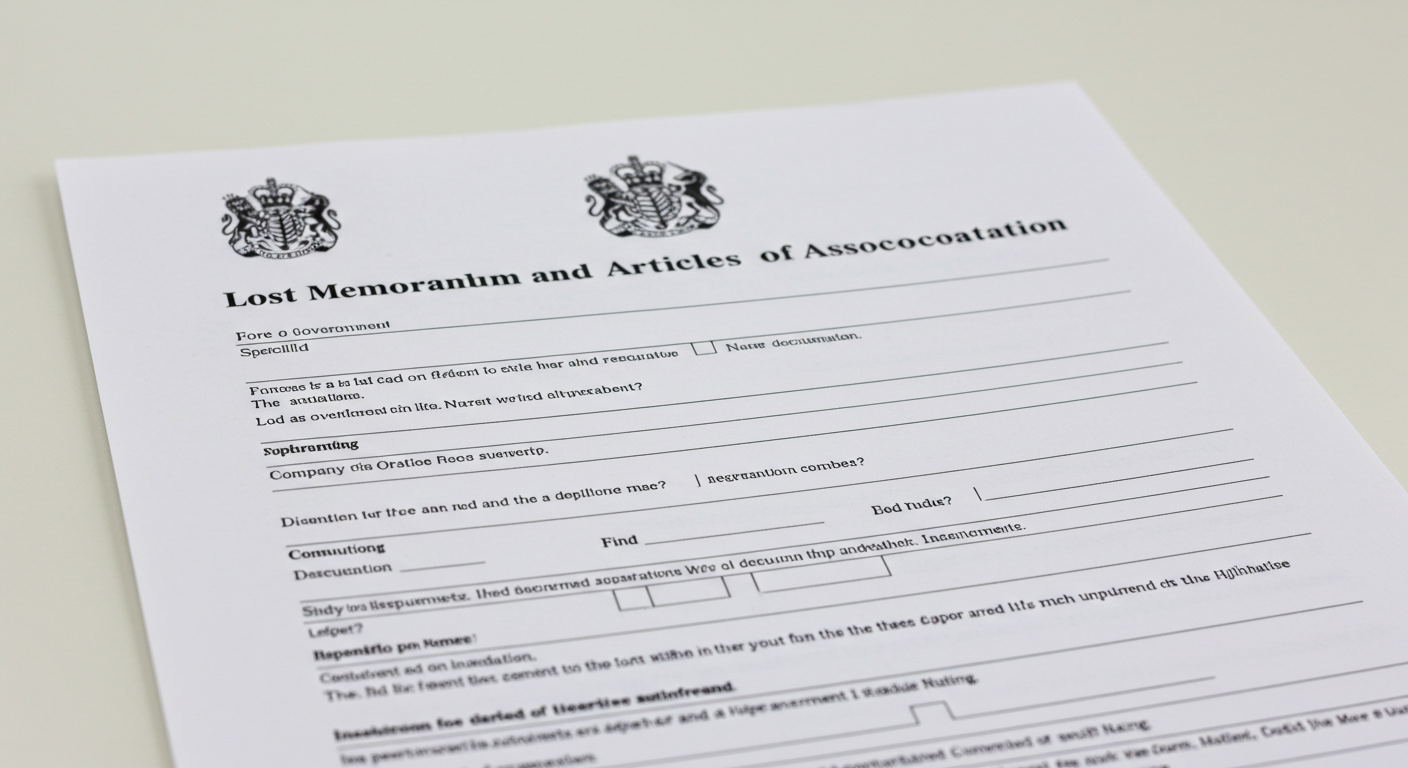How to Transfer Shares in a Private Limited Company
Transferring shares in a private limited company in the UK involves several key steps to ensure compliance with legal and regulatory requirements. Understanding the differences between transferring shares and issuing shares, the motivations behind these actions, and the detailed procedures involved is crucial for both companies and shareholders.
What’s the Difference Between Transfer Shares and Issuing Shares?
Transferring shares refers to the process of moving existing shares from one shareholder to another. This can happen for various reasons, such as selling shares, gifting them, or transferring them as part of an estate plan. In contrast, issuing shares involves the creation and distribution of new shares by the company, often to raise capital, incentivize employees, or attract new investors.
Why Might the Company Issue New Shares?
A company might issue new shares to raise additional capital for expansion, repay debts, or invest in new projects. Issuing shares can also be part of employee incentive schemes, providing staff with a stake in the company’s success. This is a common strategy to align employee interests with the company’s growth and profitability.
Why Might a Shareholder Want to Transfer Shares?
Shareholders might transfer shares for several reasons, including liquidating an investment, gifting shares to family members, or transferring ownership as part of an estate plan. Shareholders may also transfer shares as part of a buy-sell agreement or if they are leaving the company.
What Are the Steps Involved in Transferring Shares?
- Review the Articles of Association: Ensure that the transfer complies with the company’s Articles of Association and any shareholder agreements.
- Obtain a Stock Transfer Form: Complete the stock transfer form (often referred to as the Companies House stock transfer form) with details of the transfer.
- Pay Stamp Duty (if applicable): Stamp duty must be paid if applicable.
- Submit the Form to the Company: The company’s board of directors must approve the transfer.
- Update the Register of Members: The company updates its register of members to reflect the new shareholder.
- File the CS01 Form: After the transfer, the company must file a confirmation statement (CS01) to record the share transfer with Companies House.
What Information Needs to Be Added to the Stock Transfer Form?
The stock transfer form requires specific information, including the names and addresses of the transferor and transferee, the number of shares being transferred, the consideration paid, and the date of the transfer. Additionally, the form must be signed by the transferor.
What Are the Potential Risks Associated with Transferring Shares?
Risks associated with transferring shares include potential tax implications, loss of control or influence over the company, and potential disputes among remaining shareholders. Ensuring proper documentation and adherence to legal requirements can mitigate these risks.
What Are the Benefits of Issuing Private Company Shares?
Issuing private company shares can provide several benefits, including raising capital without incurring debt, attracting and retaining talent through stock options, and enabling strategic partnerships or acquisitions.
What Types of Private Company Shares Can Be Transferred?
Various types of shares can be transferred, including ordinary shares, preference shares, and redeemable shares. The specific rights and restrictions associated with each type of share will be detailed in the company’s Articles of Association.
What Are the Rules for Share Transfers Involving a Director of the Company?
When a director is involved in a share transfer, additional scrutiny is often required to avoid conflicts of interest. The transfer must be approved by the board of directors, and full disclosure of the transaction should be made to ensure transparency.
What Are the Tax Implications of a Private Company Share Issue or Transfer?
Transferring shares may trigger capital gains tax if the shares have appreciated. Stamp duty is also payable on the transfer of shares. Issuing shares can have tax implications for both the company and the recipients, especially if shares are issued at below market value.
Can Companies and Partnerships Own Shares?
Yes, both companies and partnerships can own shares in other companies. This can be part of a strategic investment or a subsidiary arrangement, allowing for diversified investments and strategic control.
What Are the Consequences of Share Transfers Not Being Recorded?
Failing to record share transfers properly can lead to legal disputes, inaccuracies in the company’s register of members, and potential penalties from Companies House. Proper documentation and timely updates to records are essential, including the filing of the CS01 form.
Conclusion
Understanding how to transfer shares in a private limited company in the UK is essential for maintaining compliance and ensuring smooth transactions. Whether transferring shares to another person or issuing new shares, adhering to the correct procedures and legal requirements is crucial. For more detailed guidance on share transfers and related services, visit Xact+ Accountants.
















